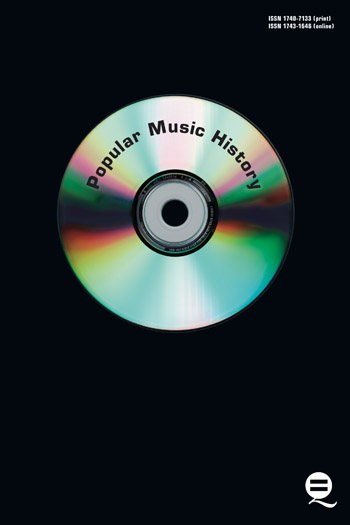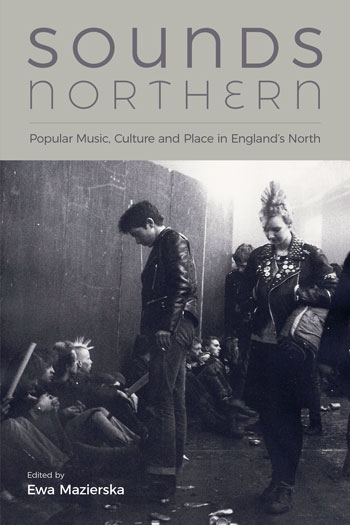Reviews
Like northern soul itself, this collection is crisp and clean in parts, gritty and a bit uncomfortable in others, and has its own identifiable rhythm. Like the scene it represents collective, collaborative, and co-produced work. The book’s ambition is a powerful one: to illuminate not only northern soul, but also popular music culture and the form of edited collections more generally. It is a perfect textual match for the scene itself, with lessons and ramifications far beyond northern soul... If we want to understand how an academic field is made up of insiders, we will learn a lot from this examination of what it takes to be insiders, how we police boundaries, and how the stories that we tell each other stabilise and legitimise our academic work.Professor Lucy Robinson, University of Sussex
As a young rare soul DJ, this edited collection comprehensively explores what it actually means to be a part of the Northern Soul scene. With input from the 6Ts soul icon Ady Croasdell, this book gives an excellent insight to the contemporary soul scene that forms my secret life.
Tom Paige, rare soul DJ
This title is some kind of a revelation, as it easily combines academic research with interviews and fans’ stories on a large scale, leading to massive amounts of data. This approach to theoretical or cultural study of music in popular culture will not always work out so well, but here it can present a very readable and informative work.
It is also remarkable that all three editors are highly involved into the topic of the book. And not just as researchers, but in various ways, as DJ, record collector or as in all three cases Northern Soul fans and dancers. A very lucky coincidence indeed. And it absolutely makes a difference. Recommended reading through and through.
Dr. Alexander Ebert, popcultureshelf.com
The power of audience participation is further demonstrated by the sheer diversity of perspectives, forms of engagements and mixed-age generations that emerge from the pages of this collection; it is in the lived experience of the dance events and in their immediate contexts, that Northern Soul acquires its multiple meanings. The recognition of a plurality of scenes over historical time and geographical distance is the achievement of this collection, enabled through a rich mix of academic, journalistic, and personal accounts. The notion of a single Northern Soul scene, as the title seems to imply, can therefore not be sustained. A simple encyclopaedic narrative has not only been avoided but also laid to rest, instead opening the doors to a multitude of fragments that inform a range of understandings of Northern Soul. The collection thereby offers an example of how to address diversity in (popular) music scenes. Keep the faith, to recite the Northern Soul slogan, and listen to a plurality of hearing.
Popular Music








